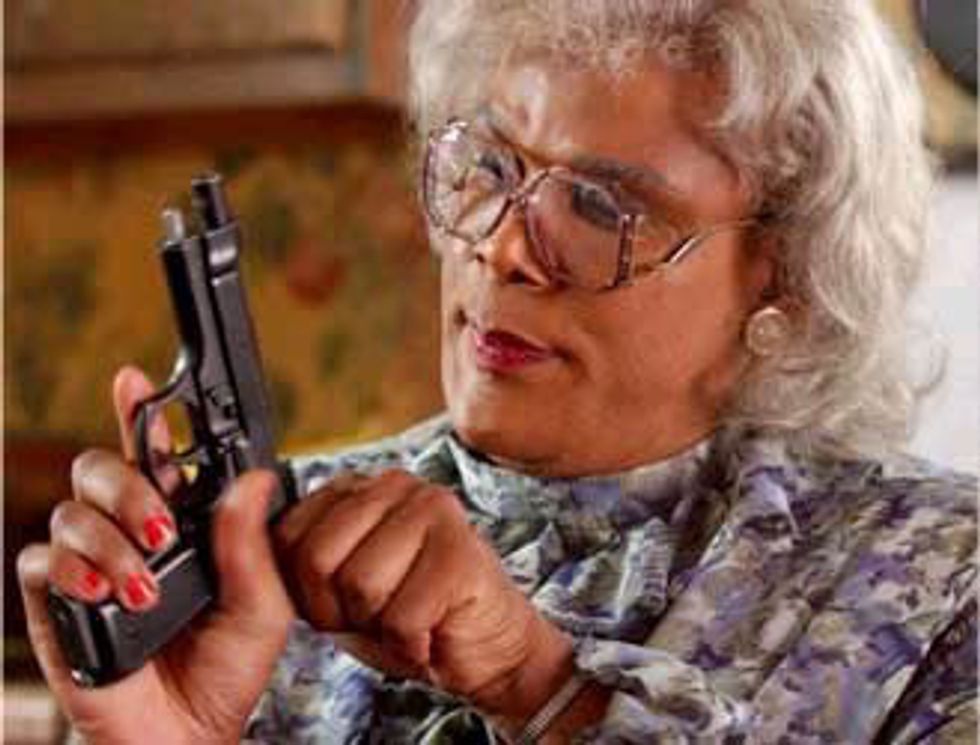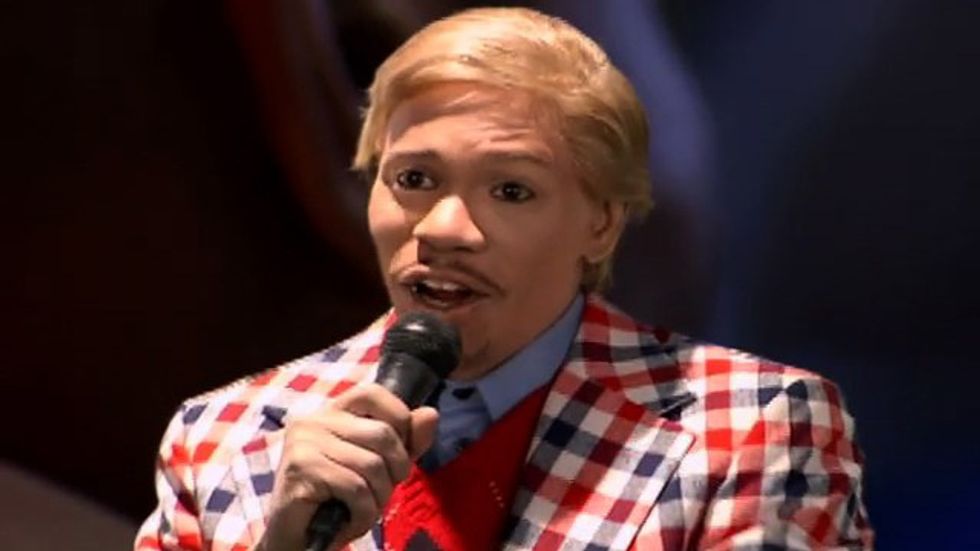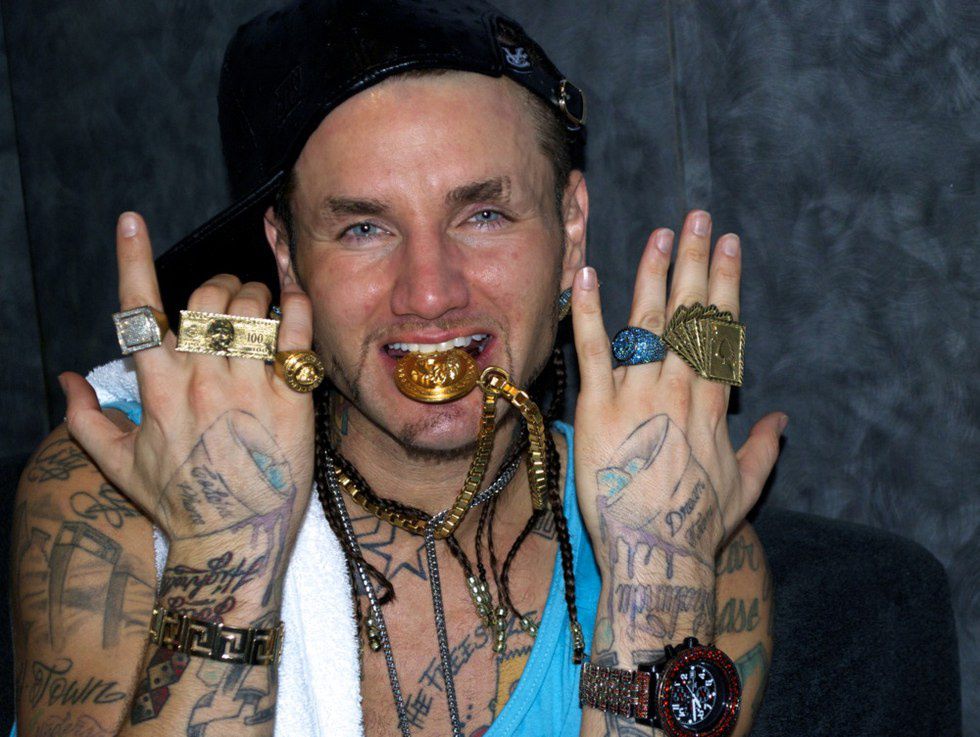American Minstrelsy, also known as Blackface Minstrelsy was a type of theatrical entertainment in the early 19th century. This type of performance was at its pinnacle from 1850-1970. It was essentially compromised of slave style music and dancing, exploited by white men. These white men would wear blackface using burnt cork. Then they would perform on stage singing “Negro songs”, also known as “Ethiopian songs”, dancing and telling jokes derived and based on slave life. Blackface Minstrelsy still exists today. Our society continues to use this form of minstrelsy to entertain million, while at the expense of taking advantage of the Black culture.
American Minstrelsy was split into three parts: songs and jokes, “Olio”(specialty acts), and the “walk around finale”. Many shows were comprised of comic skits, variety acts, dancing and music. There were two main slave impersonations that occurred during these types of performances. These were Jim Crow and Zip Coon. The Jim Crow impersonations basically represented a plantation slave in his raggedy clothes speaking broken English. Then there were Zip Coon impersonations, which portrayed the city slave that dressed fashionable and spoke well. “Ethiopian instruments” such as the banjos, tambourines, fiddles and bone castanets were the original tools used in minstrelsy. In order to accurately impersonate Blacks, minstrels would go to plantations to observe the slave’s dances, songs, and actions. Then the minstrels would adapt what they saw through their observations to meet audience’s entertainment needs.
Towards the early 19th century, minstrel performers did not ridicule Blacks as much as they did in the past. Blackface entertainers such as George Nichols and George Washington Dixon led the way when American Minstrelsy reached its pinnacle in 1829. Thomas Dartmouth Rice, also known as “Daddy Rice, Father of American Minstrelsy” catapulted Minstrelsy to its new height. Rice was one of the first performers to impersonate the stable-hand by singing, dancing and wearing old clothes and blackface. This Jim Crow act was extremely successful with audiences and his career was made. William Henry Lane, also known as Master Juba, was the first black performer to tour with an all-white major minstrel group. Charles Dickens referred to Master Juba as the “the greatest dancer known”. Master Juba became the official connection between the white minstrels and the authentic black material of what they were depicting.
Some of the largest modern minstrelsies are the Tyler Perry films. His films include: Madea’s Family Reunion, Diary of a Mad Black Woman, and Meet the Browns. These films are intended to show the struggle of the black family, but unfortunately they reinforce stereotypes in the process of showing a positive image of Black families. For example, the film Madea’s Family Reunion reinforces black stereotypes such as single parent households, abusive relationships, and hyper-sexuality. Also the way Perry’s actors speak, act, and dress align with stereotypes of Blacks. He will depict Black characters using broken English and not using proper pronunciation and annunciation. Also, Madea who is played by Tyler Perry himself plays a stereotypical black angry matriarchal grandmother. This type of impersonation resembles Black minstrelsy from the 19th century. These films amplify aspects of the Black culture that is entertaining to our wider society. Whether it’s the funny grandmother (Madea) ranting about her “stereotypical” Black family, or a white male singing “Negro Songs”, both of these types of impersonations are demeaning to the Black Culture
Past and recent sketch-comedy shows like the Chappelle’s Show and Key and Peele are accurate modern day versions of 19th century minstrelsy. Each of these television series are so successful because they preform outlandish sketches impersonating a subgroup of people. Their shows also draw so much attention because of their humor by practically performing Black Minstrelsy. A popular Key and Peele sketch is the “East/West Bowl” where Key and Peele impersonate football players. They depict football players as having “ghetto” names as well making them sound dumb and/or hardened athletes, which is sometimes how athletes are perceived. Keegan Michael-Key and Jordan Peele are so successful at what they do because they accurately depict caricatures in today’s society. Like Blackface Minstrelsy, Key and Peele perform the complete opposite. In many of their sketches they pose as white figures. They dress, talk, and make their complexion white during these performances. The Chappelle’s Show typically depicted Black America and other subgroups of our society. Like Key and Peele and 19th century Black Minstrelsy, this TV series exploited entertaining aspects of certain cultures. The Chappelle’s Show would then adapt these aspects to appeal to its audience. In the skit “Pixies”, pixies were asked to depict racial stereotypes. Dave Chappelle, as a pixie, depicted Black people as shuckin’-an’-jivin blackface minstrel. This skit was reportedly one of the reasons that prompted Dave Chappelle to quit.
The hip-hop culture itself has strong remnants from 19th century Black Minstrelsy. Many hip-hop artists and fans romanticize with certain aspects of Black culture such as: sex, drugs, and violence. Because of this, many artists make music revolving around these aspects because they know it is what fans want to hear. Hip-hop has promoted a theme such as saggy pants, gang, glorification of prison, objectification of women, pimping, celebration of ghettos, and praise of drugs. Stereotypical images of Black people have been romanticized with since the 19th century when minstrels would go to plantations to obtain materials for their shows. Like minstrelsy, the hip-hop industry has seen immense success by depicting negative stereotypes of Black culture.
There has been negative social impact due to 19th-century Blackface minstrelsy and modern adaptations of those minstrelsies. These types of performances have given the black community a negative image. Many people base their perception of Black culture off of what they see on television, what they hear on the radio, and what they see on stage during a performance. Because of this, people assume that there is a certain type of way that ALL Black people act, which is completely false. Although white and Black performers use the Black culture to entertain millions of people, it has tarnished the Black community in the process. Through this process many Blacks themselves perceive their own race via what they see through entertainment. In return, it has created generations of people who aspire to negative stereotypes that involve gangs, violence, sex, and drugs. The Blackface Minstrelsy has exploited the Black culture and continues to do so to this day.






















